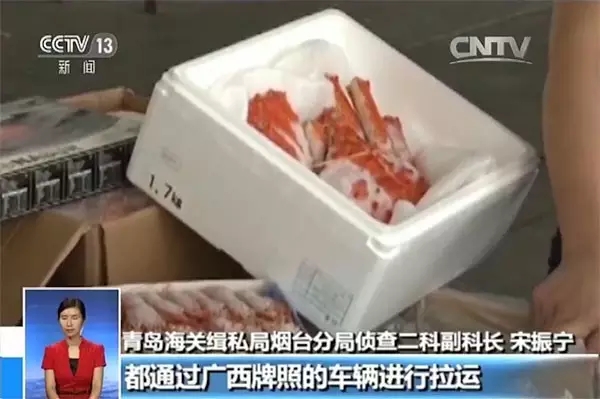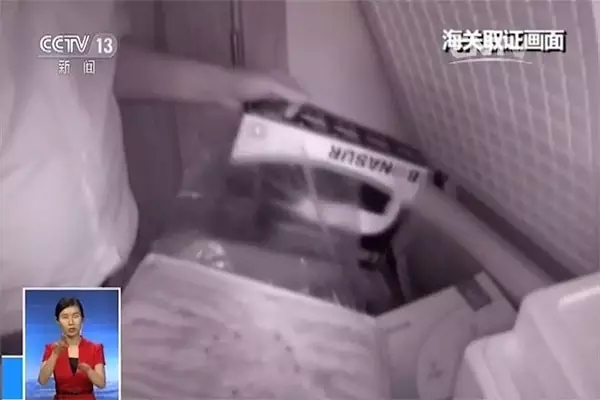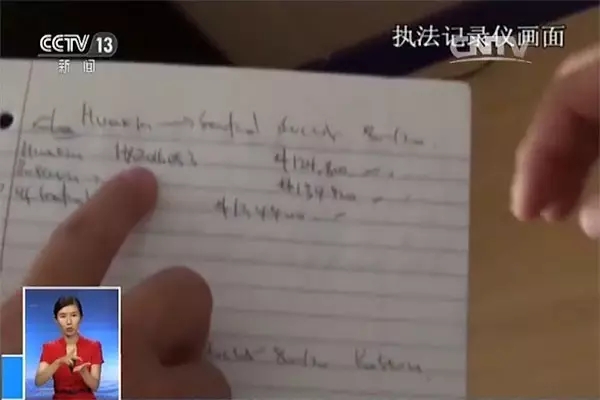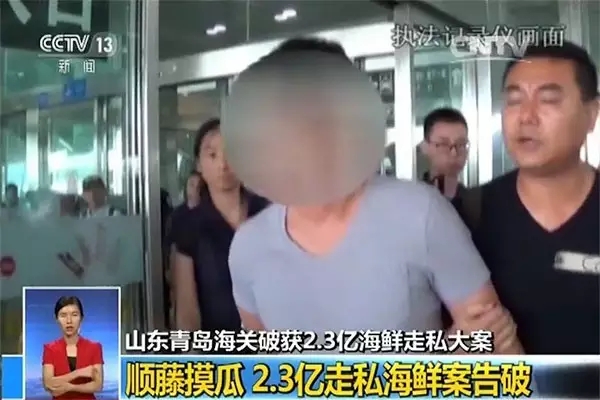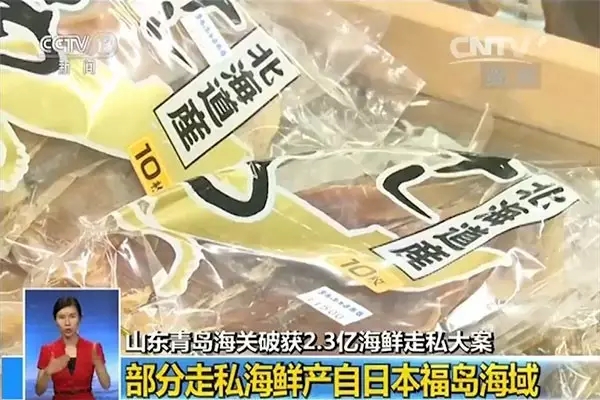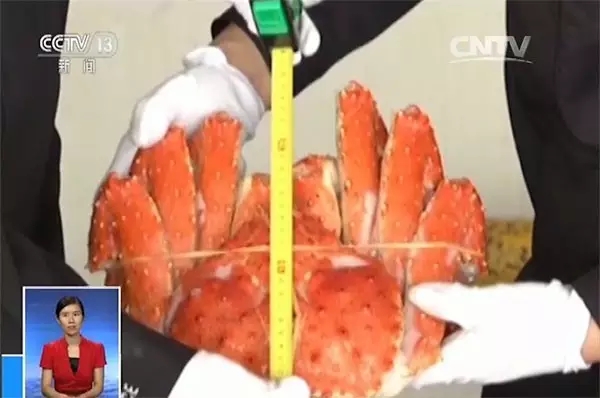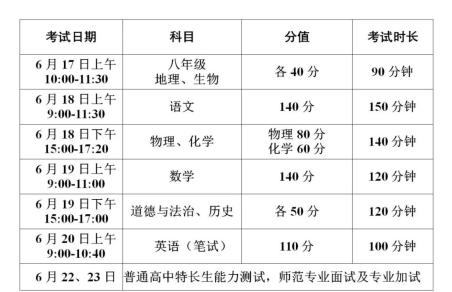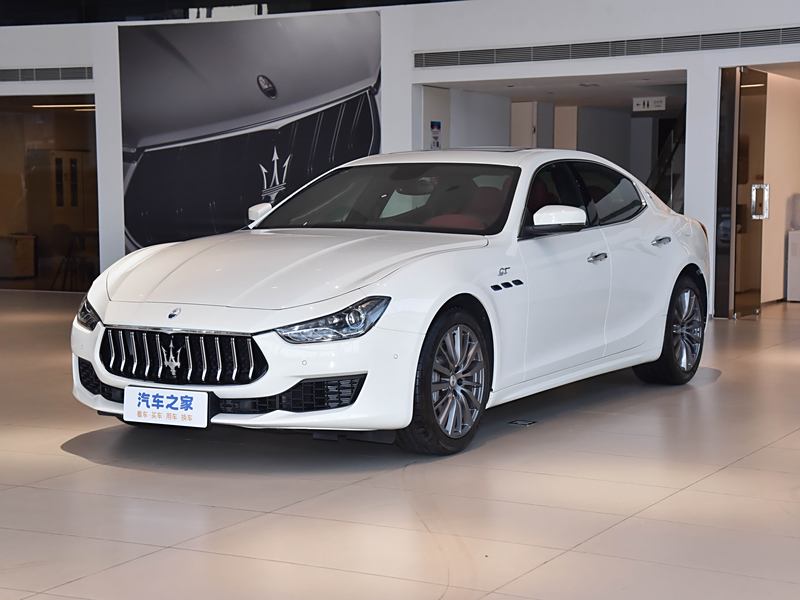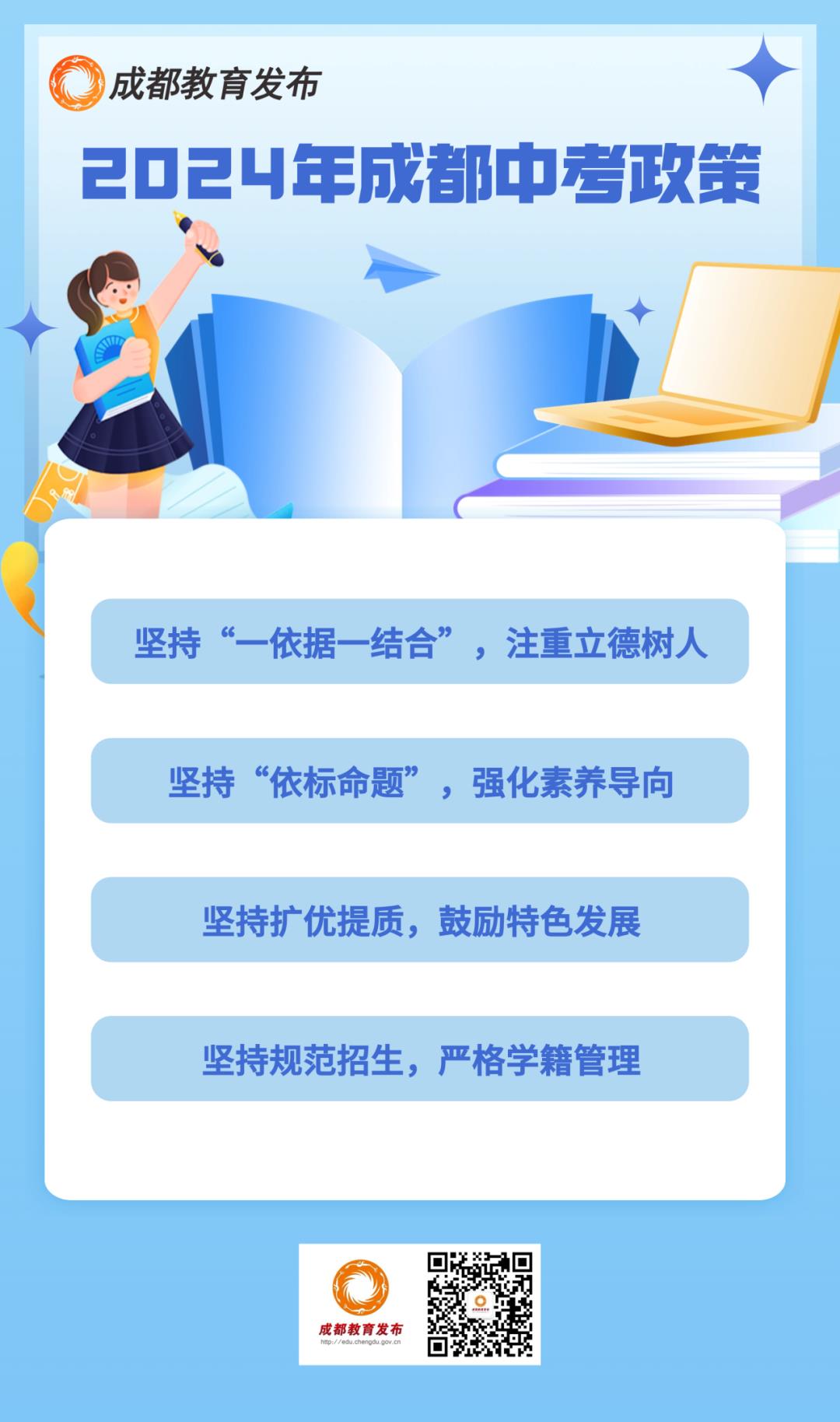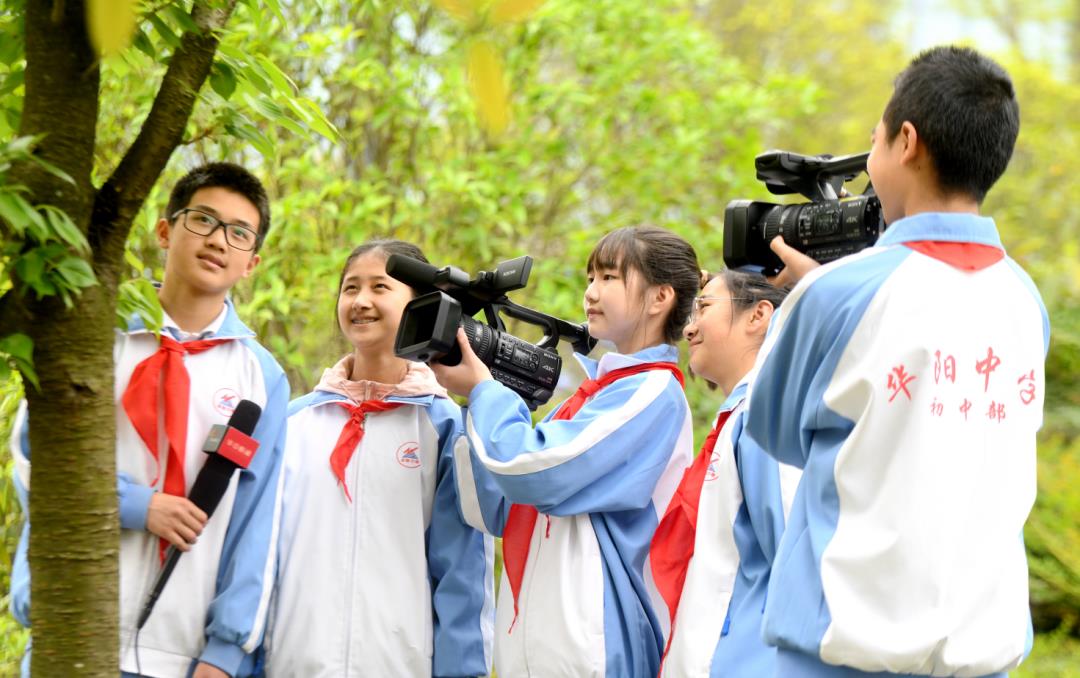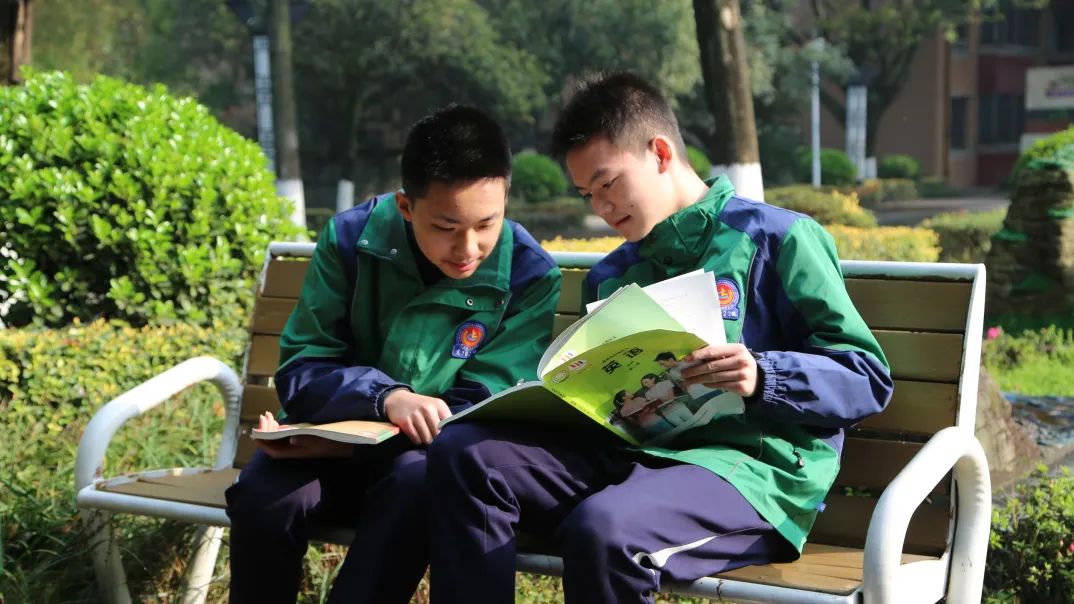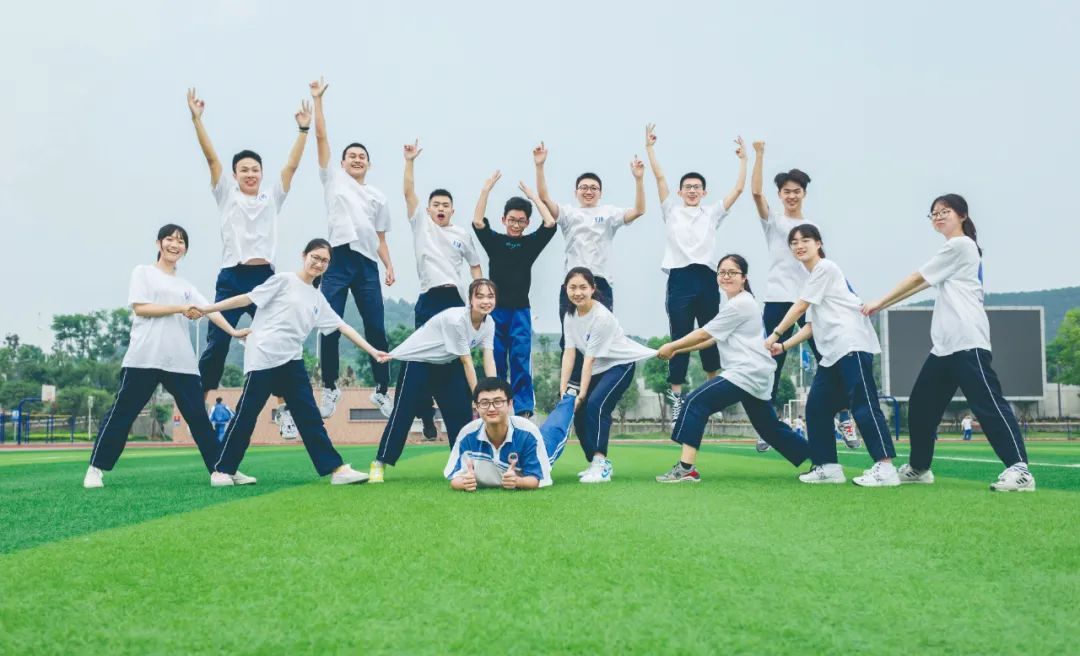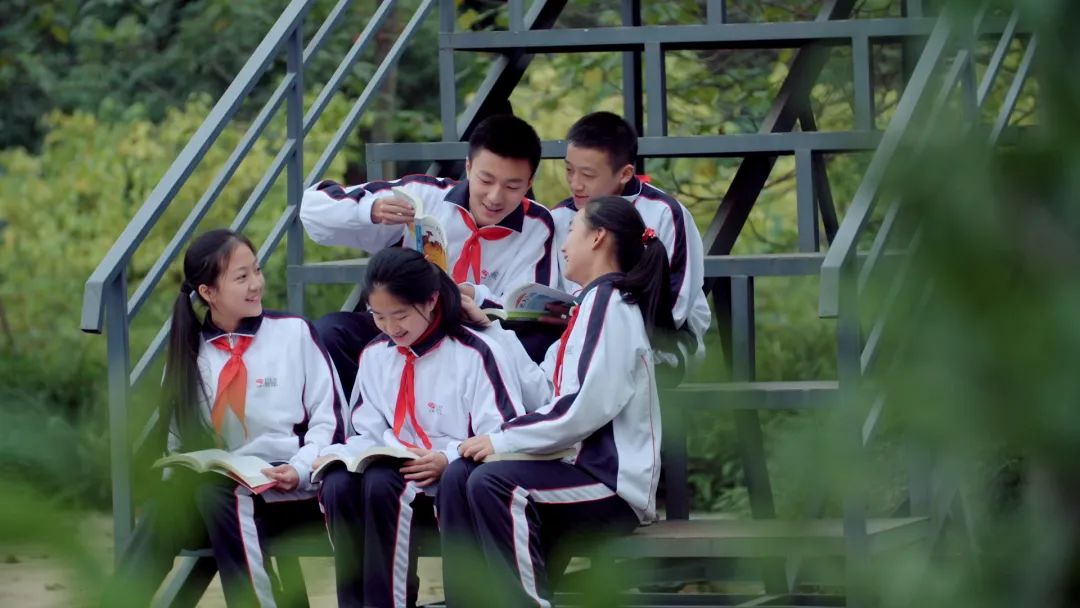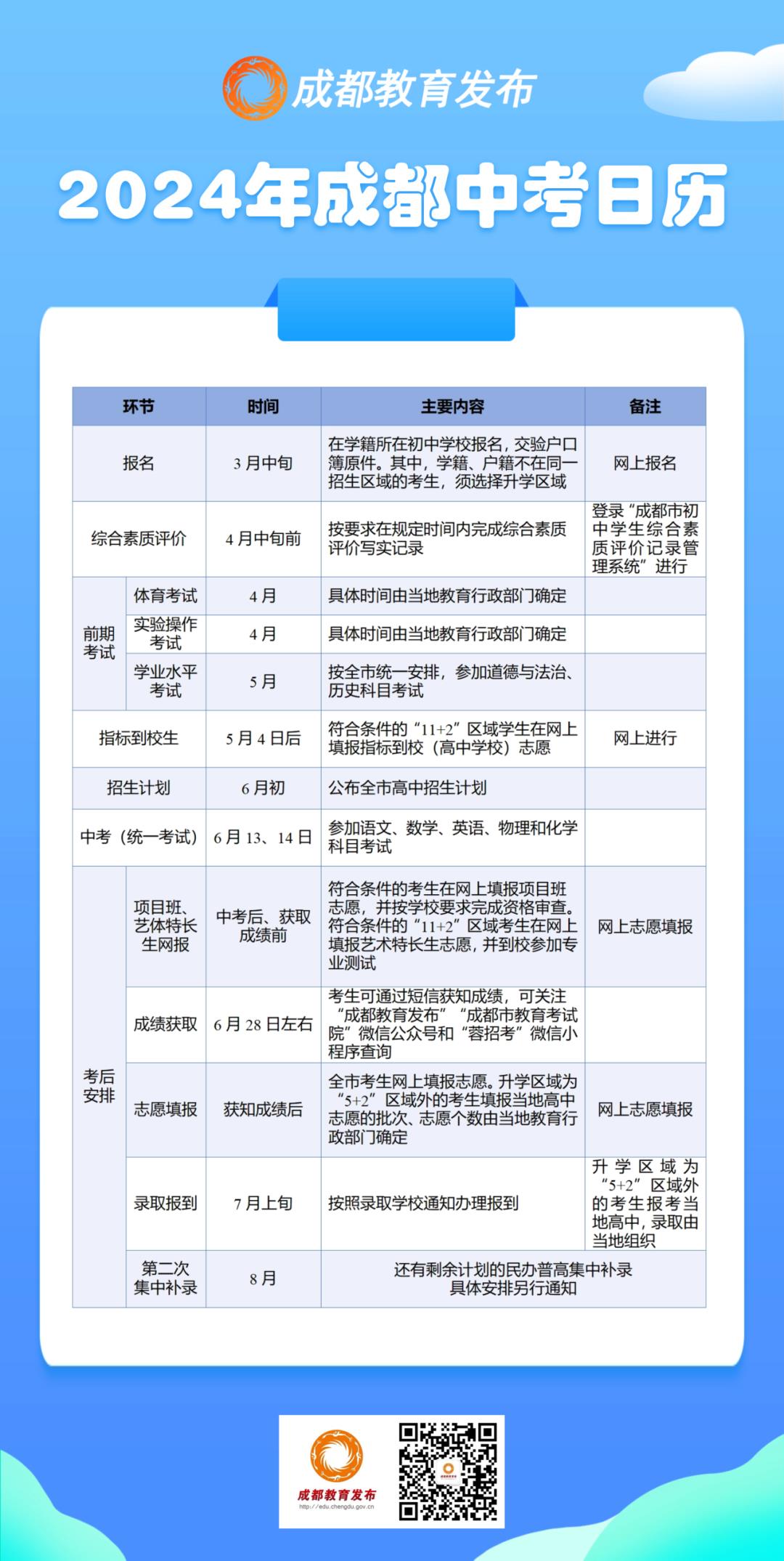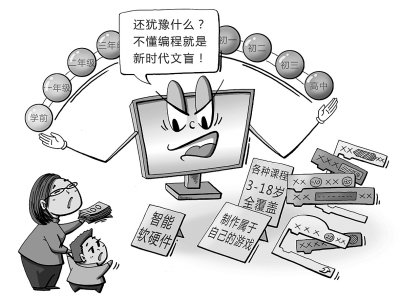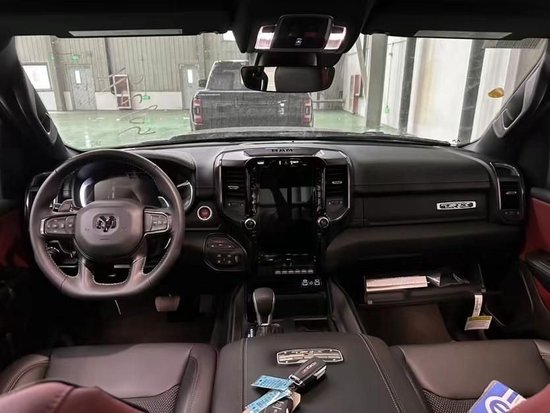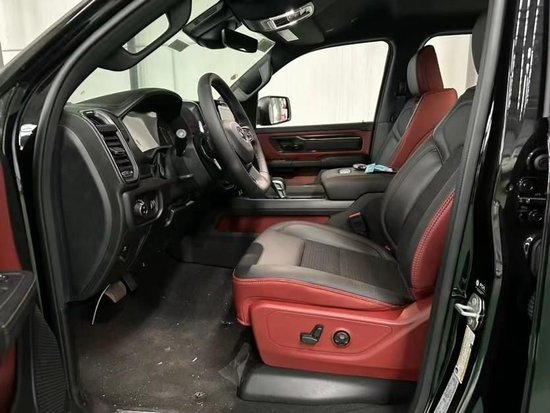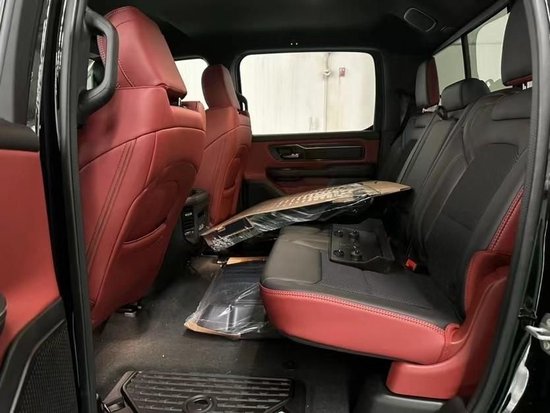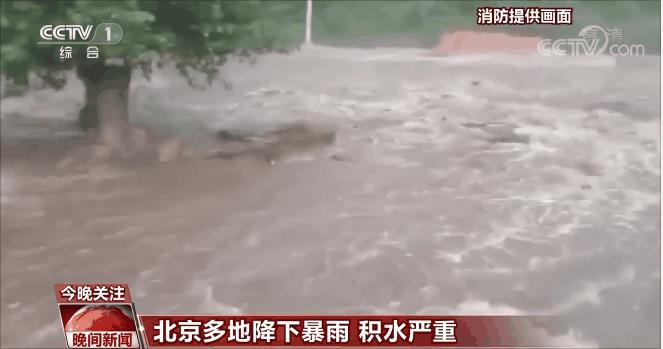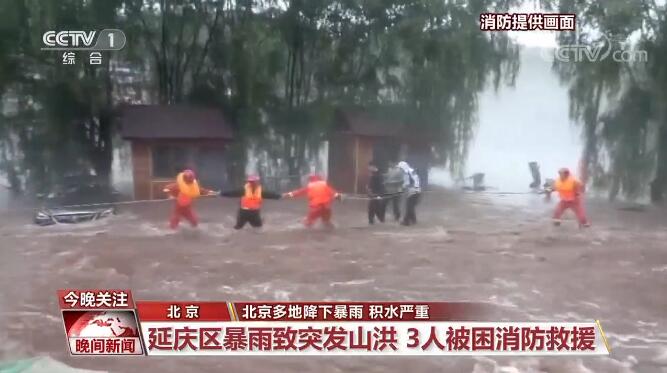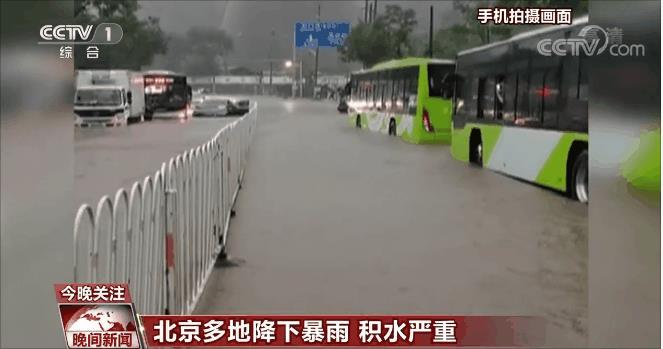Chapter I General Principles
Article 1 These Rules are formulated in accordance with the Constitution of the Communist Party of China and combined with work practice for the purpose of strictly administering the Party in an all-round way, maintaining the Party’s discipline and standardizing the supervision and discipline of the discipline inspection organs.
Article 2 Under the guidance of Marxism–Leninism, Mao Zedong Thought, Deng Xiaoping Theory, Theory of Three Represents and Scientific Outlook on Development, the work of supervision and discipline should thoroughly implement the spirit of the series of important speeches by the Supreme Leader General Secretary, adhere to the principle of governing the party and discipline according to the rules, put the power of supervision and discipline into the system cage, and implement its own hard requirements while the iron is hot, so as to build a team of loyal and clean discipline inspection cadres.
Article 3 The supervision and discipline work shall follow the following principles:
(1) Adhere to the centralized and unified leadership of the CPC Central Committee with the Supreme Leader as the core, firmly establish political awareness, overall awareness, core awareness and conformity awareness, reflect the political nature of supervision and discipline, and strictly abide by political discipline and rules;
(two) adhere to the dual leadership system of discipline inspection, supervision and discipline work is dominated by the leadership of the discipline inspection commission at the next higher level, and the clue disposal and filing review must be reported to the discipline inspection commission at the same level;
(three) adhere to the facts as the basis, the party discipline as the criterion, grasp the policy, temper justice with mercy, learn from the past and save lives;
(four) adhere to the trust can not replace supervision, strict working procedures, effective control of risk points, strengthen supervision and control of all aspects of supervision and discipline.
Article 4 Supervision and discipline work should put discipline ahead, grasp the relationship between "trees" and "forests", and use the "four forms" of supervision and discipline to make "blushing and sweating" become the norm; Disciplinary punishment and organizational adjustment have become the majority of disciplinary actions; The party discipline has been severely punished and major job adjustments have become a minority; Serious violations of discipline and suspected illegal filing for review have become very few.
Article 5 Innovate the organizational system, and establish a working mechanism in which discipline supervision, discipline review and case trial are coordinated and mutually restricted. The Municipal Commission for Discipline Inspection at or above the prefecture level can explore the separation of discipline supervision and discipline review departments. The discipline supervision department is responsible for contacting the daily supervision of regions and departments, and the discipline review department is responsible for preliminary verification and filing review of violations; The case supervision and management department is responsible for comprehensive coordination, supervision and management, and the case trial department is responsible for auditing and checking.
Chapter II Leadership System
Article 6 The supervision and discipline work shall be carried out in a graded responsibility system:
(1) The Central Commission for Discipline Inspection accepts and examines violations of discipline by members of the Central Committee, alternate members of the Central Committee, members of the Central Commission for Discipline Inspection, leading cadres of party member under the central management, and party groups (party committees) established with the approval of the Party Central Committee, party committees and discipline inspection committees of all provinces, autonomous regions and municipalities directly under the Central Government.
(II) The local disciplinary inspection committees at all levels accept and examine the disciplinary problems of Party members and alternate members at the same level, members of the Disciplinary Committee at the same level, party member cadres managed by Party committees at the same level, and party groups (party committees) approved by Party committees at the same level, and party committees and disciplinary committees at the next lower level.
(3) The grass-roots commission for discipline inspection accepts and examines party member, who is managed by the Party Committee at the same level, and the disciplinary problems of Party organizations at all levels under the Party Committee at the same level; The party’s grass-roots committees that have not set up discipline inspection committees are responsible for supervising the work of discipline.
Seventh of the party’s organizational relationship in the local, cadre management authority in the competent department of party member cadres, should be in accordance with the principle of who is in charge of who is responsible for supervision and discipline, and timely notify the other party.
Article 8 The discipline inspection organ at a higher level has the right to designate the discipline inspection organ at a lower level to conduct disciplinary review on the disciplinary problems of Party organizations and party member cadres under the jurisdiction of other discipline inspection organs at a lower level, and may also conduct disciplinary review directly when necessary.
Article 9 The system of asking for instructions and reporting shall be strictly implemented. For important matters such as making a decision to file a case for examination and giving disciplinary sanctions, the discipline inspection organ shall ask for instructions and report to the Party committee (party group) at the same level and report to the superior discipline inspection commission, and then formally ask for instructions after forming a clear opinion. In case of important matters, it should be reported in time, not only the results but also the process.
Adhere to democratic centralism, clue disposal, conversation and inquiry, preliminary verification, case filing review, case trial, and disposal of important issues in execution shall be reported to the principal responsible person and relevant responsible person of the discipline inspection organ for approval after collective research.
Article 10 The case supervision and management department of the discipline inspection organ shall be responsible for the supervision and management of the whole process of supervision and discipline, and perform the functions of clue management, organization and coordination, supervision and inspection, supervision and handling, and statistical analysis.
Eleventh agencies should strengthen the supervision and discipline of the discipline inspection team stationed in the leadership, often listen to the work report. The stationed discipline inspection team shall, in accordance with the relevant provisions and the authorization of the dispatched office, carry out supervision and discipline work on the party organizations and cadres in party member of the supervised unit. Important issues shall be reported to the dispatched office for instructions, and when necessary, it may be notified to the party organizations of the supervised unit.
Chapter III Clue Disposal
Article 12 The complaint reporting department of the discipline inspection organ accepts complaints and reports of party organizations managed by Party committees at the same level and cadres in party member who violate the Party discipline, uniformly receives relevant complaints and reports submitted by the discipline inspection commission at the next lower level and the discipline inspection team stationed there, and transfers them to the case supervision and management department after classification and summary.
Clues to related problems found by discipline supervision departments, discipline review departments and cadre supervision departments shall be sent to the case supervision and management departments for the record if they are within the scope of acceptance of this department; If it is not within the scope of acceptance of this department, it will be transferred to the case supervision and management department after approval, and it will be transferred to the relevant supervision and discipline departments according to the procedures.
The case supervision and management department uniformly accepts the clues related to the transfer of patrol institutions and audit institutions, administrative law enforcement organs, judicial organs and other units.
Article 13 The discipline inspection organ shall report to the discipline inspection organ at a higher level the problems and clues that reflect the members of the Party Committee at the same level, the Standing Committee of the Discipline Inspection Commission, and the principal leaders of the regions and departments under its jurisdiction.
Fourteenth case supervision and management departments to implement centralized management, dynamic update, regular summary and check, put forward the opinions of the branch office, reported to the principal responsible person of the discipline inspection organ for approval, and transferred to the undertaking department according to the procedures. The undertaking department shall designate a special person to be responsible for the management of problem clues, register one by one, and establish a management ledger. All links of clue management and disposal must be signed by the handlers and registered for future reference.
Fifteenth discipline inspection organs shall, according to the needs of the work, hold special meetings on a regular basis, listen to the comprehensive report of the problem clues, make analysis and judgment, conduct in-depth research on important reporting matters and areas that reflect the concentration of problems, and put forward disposal requirements.
Article 16 The undertaking department shall, in combination with the overall situation of the regions, departments and units involved in the problem clue, make a comprehensive analysis and deal with it in four ways: conversation and inquiry, preliminary verification, temporary storage pending investigation and closure.
The disposal of clues shall not be delayed and overstocked, and the disposal opinions shall be put forward within 30 days from the date of receiving the problem clues, and the disposal plan shall be formulated and the examination and approval procedures shall be fulfilled.
Article 17 The undertaking department shall regularly summarize the handling of clues and timely notify the case supervision and management department. The case supervision and management department regularly summarizes and checks the clues of problems and the disposal situation, and reports to the main person in charge of the discipline inspection organ.
All departments should do a good job in the filing of clues, and the filing materials should be complete, indicating the instructions of the leaders and the disposal process.
Chapter IV Conversation and Inquiry
Eighteenth to deal with the problem clues by way of conversation and inquiry, it should draw up a conversation and inquiry plan and related work plan, and submit it for approval according to the procedures. The principal responsible person of the Party committee (party group) at the next lower level who needs to talk and consult shall be reported to the principal responsible person of the discipline inspection organ for approval, and if necessary, report to the principal responsible person of the Party committee at the same level.
Nineteenth conversations should be conducted by the relevant person in charge of the discipline inspection organ or the principal responsible person of the undertaking department, and can be accompanied by the principal responsible person of the party Committee (party group) or the discipline inspection commission (discipline inspection group) where the interviewee is located; Upon approval, it can also be entrusted to the principal responsible person of the party Committee (party group) where the interviewee is located.
A work record shall be formed during the conversation, and a written explanation shall be written by the interviewee as appropriate after the conversation.
Twentieth letters should be sent to the respondent in the name of the general office (room) of the discipline inspection organ, and copied to the main person in charge of the party Committee (party group) where it belongs. The respondent shall, within 15 working days after receiving the letter, write the explanatory materials, and send a letter to reply after the main person in charge of the party Committee (party group) where he belongs signs the opinions.
If the respondent is the principal responsible person of the Party Committee (Party Group), or the explanation given by the respondent involves the principal responsible person of the Party Committee (Party Group), it shall directly reply to the discipline inspection organ that sent the letter.
Twenty-first conversation and inquiry work should be completed within 30 days after the end of the conversation or the receipt of the reply to the inquiry, and the undertaking department should write a report on the situation and submit it for approval. Make corresponding treatment according to different situations:
(a) reflect the untrue, or there is no evidence to prove that there is a problem, to be settled and clarified;
(two) the problem is minor, and it is not necessary to investigate the responsibility of the party discipline, and it is handled by means of conversation reminding, criticism and education, ordering inspection, and admonishing conversation;
(three) reflect the problem is more specific, but the person who is reflected denies it, or that there are obvious problems, it shall talk again or make a preliminary verification.
Conversation and inquiry materials shall be deposited in personal integrity files.
Chapter V Preliminary Verification
Twenty-second to deal with the problem clues by means of preliminary verification, a work plan shall be formulated, a verification team shall be established, and the examination and approval procedures shall be performed. If the person being verified is the principal responsible person of the Party Committee (Party Group) at the next lower level, the discipline inspection organ shall report to the principal responsible person of the Party Committee at the same level for approval.
Article 23 Upon approval, the verification team may take necessary measures to collect evidence, talk with relevant personnel to understand the situation, ask relevant organizations to make explanations, obtain personal reports on relevant matters, consult copied documents, accounts, files and other materials, check assets and relevant information, and conduct appraisal and inspection.
If it is necessary to take measures such as technical investigation or exit restriction, the discipline inspection organ shall strictly perform the examination and approval procedures and submit them to the relevant authorities for implementation.
Article 24 After the initial verification, the verification team shall write a report on the initial verification, listing the basic information of the verified person, the main problems reflected, the basis for handling, the results of the initial verification, the existing doubts and suggestions for handling, which shall be signed by all the personnel of the verification team for future reference.
The undertaking department shall comprehensively analyze the initial nuclear situation, and put forward disposal suggestions in accordance with the proposed filing review, closing, conversation reminder, temporary pending investigation, or transfer to the relevant party organizations for handling.
The initial nuclear report shall be submitted to the principal responsible person of the discipline inspection organ for examination and approval, and if necessary, it shall be reported to the principal responsible person of the party Committee (party group) at the same level.
Chapter VI Filing Review
Twenty-fifth after preliminary verification, if there is a serious violation of discipline that needs to be investigated for party discipline responsibility, it shall be filed for review.
Anyone who applies for approval to file a case should have mastered some facts and evidence of violation of discipline and have the conditions for review.
Twenty-sixth to meet the conditions for filing, the undertaking department shall draft a report for filing and examination, which shall be approved by the principal responsible person of the discipline inspection organ and reported to the principal responsible person of the party Committee (party group) at the same level for approval.
The main person in charge of the discipline inspection organ presided over a special meeting on discipline review, studied and determined the review plan, and put forward the review measures that need to be taken.
The decision to file a case for review shall be notified to the principal of the party Committee (party group) where the person under review is located. If a person suspected of committing a serious violation of discipline is examined, he shall notify the relatives of the person under examination within 24 hours.
If a serious violation of discipline is suspected of committing a crime and is subject to organizational review, it shall be publicly released to the public.
Article 27 The principal responsible person of the discipline inspection organ approves the examination plan.
The relevant person in charge of the discipline inspection organ approved the establishment of a review team, determined the review talk plan and the external investigation plan, and approved the important information inquiry and the disposal of the money and materials involved.
The main person in charge of the discipline review department studied and put forward the review talk plan, external investigation plan and disposal opinions, approved the general information inquiry, and checked the investigation and evidence collection.
The leader of the review team shall strictly implement the review plan and shall not change it without authorization; Report the progress of the review in written form, and ask for instructions in time in case of important matters.
Article 28 The review team may, in accordance with relevant laws and regulations, conduct investigation and talk with relevant personnel upon examination and approval, consult and copy relevant documents and materials, inquire about relevant information, temporarily detain, seal up and freeze the money and materials involved, and request the relevant authorities to take technical investigation, exit restriction and other measures.
The review time shall not exceed 90 days. Under special circumstances, it may be extended once with the approval of the discipline inspection organ at the next higher level, and the extension time shall not exceed 90 days.
Need to draw the assistance of the relevant authorities, by the case supervision and management departments to handle the formalities, and check the situation at any time, to prevent unauthorized expansion, extension of the time limit.
Twenty-ninth review talks, the implementation of review measures, investigation and evidence collection and other matters, must be jointly carried out by two or more discipline personnel. Talking with the person under review and important persons involved in the case, conducting important external investigation and obtaining evidence, temporarily detaining and sealing up the money and materials involved in the case should be based on the personnel of this organ. If it is really necessary for seconded personnel to participate, they are generally arranged to engage in auxiliary work.
Thirtieth after filing a case for examination, the relevant person in charge of the discipline inspection organ shall talk with the auditee, announce the decision to file a case, explain the party’s policies and disciplines, and ask the auditee to correct his attitude and cooperate with the investigation.
During the period of review, the auditee was commensurate with his comrades, arranged to study the party rules and regulations of party constitution, and through in-depth and meticulous ideological and political work, he was urged to reflect deeply, recognize mistakes, explain problems, and write confession and reflection materials.
The examination shall fully listen to the statements of the auditees, ensure their diet, rest and provide medical services. It is strictly forbidden to use means that violate the party rules and regulations of party constitution and the national laws, and it is strictly forbidden to insult, abuse, abuse, corporal punishment or corporal punishment in disguised form.
Thirty-first external inspection work must be carried out in strict accordance with the external inspection plan, and it is not allowed to expand the scope of investigation or change the objects and items of investigation at will, and important matters should be reported in time.
During the external inspection, the disciplined personnel shall not personally contact any person involved in the case and their specific related persons, take investigation measures without authorization, or engage in activities unrelated to the external inspection.
Article 32 Evidence shall be collected and identified in strict accordance with regulations, so as to be comprehensive and objective, and a mutually corroborating, complete and stable chain of evidence shall be formed.
The investigation and evidence collection shall collect the original materials, count them one by one, register them on site, and be signed and sealed by the personnel present; An investigation conversation shall be made on the spot and signed by the interviewee after reading it. The obtained evidence must be submitted to the review team for unified custody in time.
It is strictly forbidden to collect evidence by threats, temptations, deception and other illegal ways; It is strictly forbidden to conceal, destroy, tamper with or forge evidence.
Thirty-third withheld, sealed, frozen and handed over the money and materials involved, should strictly fulfill the examination and approval procedures.
When the measures of withholding and sealing up are implemented, the disciplined personnel shall, together with the original money and materials holders or custodians and witnesses, take photos, register and number one by one in person, fill in the registration form on the spot and sign it by the personnel present. Items of unknown value shall be identified in time and specially sealed and kept.
The discipline inspection organ shall set up special accounts and special places, determine special personnel to keep the money and materials involved, strictly perform the handover and transfer procedures, and conduct regular reconciliation and verification. It is strictly forbidden to possess and dispose of the money and goods involved and their fruits without permission.
Thirty-fourth review conversations, important investigation conversations, and investigation and evidence collection links such as withholding and sealing the money and materials involved should be recorded and recorded throughout the process. Audio and video materials shall be kept by the case supervision and management department and the review team respectively and checked regularly.
Article 35 Without approval and going through the relevant formalities, the auditee or other interviewees shall not be taken away from the specified conversation place, and the auditee or important investigation conversation shall not be conducted in the place without monitoring equipment, and the audio and video recording equipment shall not be turned off during the conversation.
Article 36 The principal responsible persons and leaders in charge of the discipline review department shall regularly check the audio and video recordings, conversation notes and registration forms of money and materials involved during the review period, and correct and report any problems found in time.
Thirty-seventh after finding out the facts of violation of discipline, the review team shall write the facts of violation of discipline, meet with the person under review and listen to opinions. Require the person under review to sign opinions on the facts of violation of discipline, and if he signs different opinions or refuses to sign opinions, the review team shall make an explanation or indicate the situation.
At the end of the review, the review team shall discuss collectively and form a review report, which shall list the basic situation of the person under review, the source of the problem clue and the basis for review, the review process, the main facts of violation of discipline, the attitude and understanding of the person under review, the suggestions for handling and the party discipline basis, and shall be signed by the leader of the review team and relevant personnel.
A special report shall be formed on the important issues and opinions and suggestions found in the process of discipline review.
Thirty-eighth review reports, confession and reflection materials, disciplinary facts, money and materials involved in the case shall be submitted to the principal responsible person of the discipline inspection organ for approval, together with all evidence and procedural materials, and transferred to trial in accordance with regulations.
The materials formed in the whole process of review shall be filed after the case is completed.
Chapter VII. Deliberation
Article 39 The case hearing department of the discipline inspection organ shall examine and deal with cases in which the Party organization and party member violate the Party discipline and should be given disciplinary treatment or punishment in accordance with the provisions, and cases for reconsideration and review.
The trial shall be conducted in strict accordance with the rules and regulations, and opinions on disciplinary treatment or punishment shall be put forward, so that the facts are clear, the evidence is conclusive, the nature is accurate, the treatment is appropriate, the procedures are complete and the procedures are in compliance.
Adhere to the separation of examination and trial, and the examiners shall not participate in the trial.
Article 40 The trial shall be conducted in accordance with the following procedures:
(a) after receiving the review report, the case hearing department shall set up a hearing group composed of two or more people to comprehensively hear the case files and put forward the hearing opinions.
(two) for major, complex and difficult cases, the discipline review department has found out the main facts of violation of discipline and put forward tendentious opinions; Or if there are great differences on the nature of the disciplinary action, it may be involved in the trial in advance upon approval.
(three) adhere to the collective deliberation, and form opinions on the basis of democratic discussion; If there is a big dispute, it shall be reported in time, and a decision shall be made after reaching an agreement. The trial department shall, according to the trial of the case, talk with the person under review, check the facts of violation of discipline, listen to the defense opinions and understand the relevant situation.
(four) the main facts are unclear and the evidence is insufficient. With the approval of the main person in charge of the discipline inspection organ, it will be returned to the discipline inspection department for re-investigation; If it is necessary to supplement and improve the evidence, with the approval of the relevant person in charge of the discipline inspection organ, it can be returned to the discipline inspection department for a replacement certificate.
(five) after the trial, a trial report is formed, which lists the basic situation of the person under review, the source of clues, the facts of violation of discipline, the money and materials involved, the opinions of the examination department and the opinions of the trial. The trial report should reflect the characteristics of inner-party review, identify the nature of the facts of violation of discipline according to the Regulations on Disciplinary Actions in the Communist Party of China (CPC), analyze the wrong nature of the auditee’s violation of party constitution and deviation from the nature and purpose of the party, and reflect the process of his attitude, understanding and ideological transformation.
If disciplinary action is given to members of the Party Committee, alternate members and members of the Commission for Discipline Inspection at the same level, they shall communicate with the Commission for Discipline Inspection at a higher level before deliberation by the Party Committee at the same level and form a handling opinion.
The trial shall be completed within 30 days from the date of acceptance, and major and complex cases may be extended appropriately upon approval.
Article 41 After the trial report is submitted to the principal responsible person of the discipline inspection organ for approval, it shall be submitted to the meeting of the Standing Committee of the Discipline Inspection Commission for deliberation. If it needs to be reported to the Party Committee at the same level for examination and approval, it shall solicit the opinions of the organization department of the Party Committee at the same level and the Party Committee (party group) where the auditee is located in the name of the general office (room) before the approval.
After the decision on punishment is made, it shall notify the Party Committee (Party Group) where party member is punished, send a copy to the Party Committee organization department at the same level, and announce it to all party member and himself in the grass-roots organization of his party within 30 days. The implementation of the punishment decision shall be reported in a timely manner.
Article 42 If the person under review is suspected of committing a crime, the case supervision and management department shall coordinate the transfer to judicial organs. The disciplinary review department shall, within 7 working days from the date of notifying the judicial organ, complete the transfer work.
After the case is transferred to the judicial organ, the disciplinary review department shall follow up and understand the disposal situation, report the problems found in time, and shall not interfere with the disposal work in violation of regulations.
After the completion of the trial, other clues about party member and cadres involved shall be promptly transferred to the relevant discipline inspection organs for disposal upon approval.
Article 43 The money and property obtained by the auditee in violation of discipline shall be confiscated, recovered, ordered to make restitution or registered and handed in according to the rules and regulations.
Money and property suspected of criminal gains shall be transferred to judicial organs along with the case.
Those who are found not to belong to disciplinary income shall be returned according to the law after the case is concluded, and the signing formalities shall be handled.
Forty-fourth complaints against the decision of punishment shall be accepted by the party Committee or the discipline inspection organ that approved the punishment; If reconsideration is needed, it shall be accepted after approval by the relevant person in charge of the discipline inspection organ.
The complaint handling department shall set up a review team to access the original case file, and if necessary, it may investigate and collect evidence. After collective research, it shall put forward handling opinions, report to the relevant person in charge of the discipline inspection organ for approval or the meeting of the Standing Committee of the Discipline Inspection Commission for research and decision, and make a reconsideration and review decision. The decision shall be informed to the complainant, copied to the relevant units, and announced within a certain range.
Adhere to the separation of reconsideration and review, and the original case review and trial personnel shall not participate in reconsideration and review.
The reconsideration work shall be completed within 90 days.
Chapter VIII Supervision and Administration
Forty-fifth discipline inspection organs should strictly follow the "Regulations on Inner-Party Supervision in the Communist Party of China (CPC)", strengthen self-supervision, improve the internal control mechanism, and consciously accept inner-party supervision, social supervision and mass supervision to ensure that power is strictly restricted.
The discipline inspection organ shall strictly enforce the cadre admission system and political security, and the personnel who supervise and discipline must be loyal to the party, loyal to their duties, dare to take responsibility, strictly observe discipline, and have the basic conditions for performing their duties.
The discipline inspection organ shall strengthen the leadership over the work of supervision and discipline, strictly educate, manage and supervise, and earnestly fulfill the main responsibility of self-construction.
The review team should set up a temporary party branch, strengthen the education and supervision of the members of the review team, carry out policy and theoretical study, do a good job in ideological and political work, find problems in time, criticize and correct them, and play the role of a fighting fortress.
Forty-sixth of the discipline inspection cadres to inquire about the case, ask questions, intercede, the trustee shall report to the review team leader, discipline review department is mainly responsible for registration.
If it is found that the members of the review team contact the person under review, the persons involved and their specific related persons without approval, or there are communication situations, they shall report to the leader of the review team, the principal responsible person of the discipline review department and the principal responsible person of the discipline inspection organ in a timely manner and register for the record.
Forty-seventh strict implementation of the challenge system. If the examiner is a close relative, major witness or interested party of the censor or the prosecutor, or there are other circumstances that may affect the fair review and trial, he shall not participate in the relevant review and trial work, and shall take the initiative to apply for withdrawal. The censor, the prosecutor and other relevant personnel also have the right to ask him to withdraw. When selecting seconded personnel, nurses and examination places, the withdrawal system shall be strictly implemented.
Forty-eighth review team needs to be seconded, generally from the review talent pool, the discipline inspection organ shall organize the department to go through the formalities, and one case shall be borrowed, and it shall not be seconded for many times in a row. Strengthen the management and supervision of seconded personnel, and the review team will write the appraisal after the secondment. Seconded units and leading cadres shall not interfere with the post adjustment and promotion of seconded personnel.
Forty-ninth strict implementation of the confidentiality system, control the scope and time of knowledge of the review work, are not allowed to keep, conceal, consult, extract, copy, carry clues and information involved, and it is strictly forbidden to disclose the review work.
During the work of the review team members, they should use special mobile phones, computers, electronic equipment and storage media, implement numbering management, and take back the inspection after the review.
Encryption facilities should be used to report the case and transfer the examination materials, and the case file materials should be carried by a special car and never leave.
Article 50 After leaving the post, the secret personnel involved in the supervision and discipline of the discipline inspection organ shall abide by the regulations on the management of the confidentiality period, strictly perform the confidentiality obligation, and shall not disclose relevant secrets.
Supervision and discipline personnel shall not engage in occupations related to discipline inspection and judicial work that may have conflicts of interest within 3 years of resignation and retirement.
Article 51 In the process of supervision and discipline, the clues to the interviewee who are not directly related to the case and should be reported to the principal responsible person of the discipline inspection organ according to the procedure shall be written by him, not recorded in the form of question and answer, and sealed and delivered to the principal responsible person of the department.
Article 52 The main person in charge of the discipline review department and the leader of the review team are the first responsible persons for discipline review safety, and the review team shall designate a special person as a safety officer. In case of a safety accident of the auditee, it shall be reported to the Central Commission for Discipline Inspection step by step within 24 hours, and the public opinion shall be guided in time.
In the event of a serious safety accident, the main person in charge of the provincial discipline inspection organ shall make a review to the Central Commission for Discipline Inspection, and make a notification and serious accountability.
The case supervision and management department shall carry out regular inspections and irregular spot checks, report problems in a timely manner and urge rectification.
Article 53 Disciplinary cadres who contact the leaders of the Party committees (party groups) of relevant regions, departments and units beyond their authority, keep clues privately, leak information, violate the provisions on security and confidentiality, accept entrustment, interfere in examination, seek personal gains from cases, handle human cases, collect evidence in violation of laws and regulations, intercept, misappropriate and embezzle money and materials involved, accept banquets and property, etc., shall be severely dealt with in accordance with the Regulations on Disciplinary Actions in the Communist Party of China (CPC).
Fifty-fourth to carry out the "double investigation of a case", after the review, it is found that the basis for filing a case is insufficient or inaccurate, there is a major mistake in the handling of the case, and the discipline inspection cadres are seriously in violation of discipline, not only the direct responsibility, but also the responsibility of the relevant leaders should be seriously investigated.
Chapter IX Supplementary Provisions
Fifty-fifth provinces, autonomous regions and municipalities directly under the central government, the Commission for Discipline Inspection may, in accordance with these rules and combined with the actual work, formulate implementation measures.
The Central Military Commission (CMC) Municipal Commission for Discipline Inspection may formulate relevant regulations according to these rules.
The discipline inspection commission stationed in the discipline inspection group (dispatched discipline inspection agency) and the discipline inspection agency of state-owned enterprises and institutions shall implement these rules in light of the actual situation.
Article 56 The Central Commission for Discipline Inspection shall be responsible for the interpretation of these Rules.
Article 57 These Rules shall come into force as of the date of promulgation. Previously issued regulations on the supervision and discipline of discipline inspection organs, which are inconsistent with these rules, shall be implemented in accordance with these rules.
(Xinhua News Agency, Beijing, January 20th)
